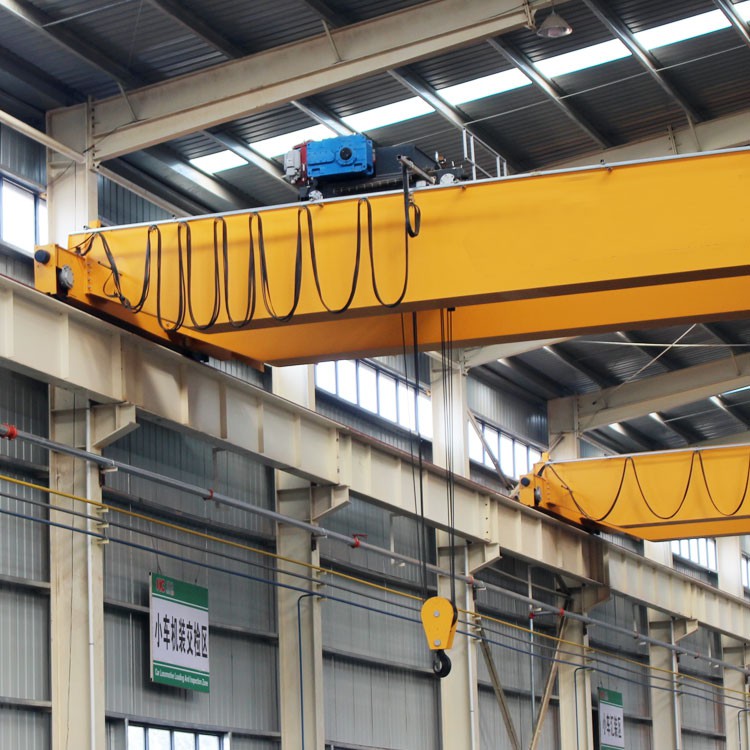 inquiry@kinocranes.com
inquiry@kinocranes.com +86-15993036980
+86-15993036980
 inquiry@kinocranes.com
inquiry@kinocranes.com +86-15993036980
+86-15993036980Henan Kino Cranes Co., Ltd
No.730, Xinghai Center, Hongqi District, Xinxiang, Henan, China
Tel: +86-373-3809941
M/P: +86-15993036980
E-mail: inquiry@kinocranes.com
Official Website: www.kinocranes.com

Rail gnawing by the overhead crane trolley refers to a phenomenon in which the wheel rims of the overhead crane trolley come into contact with the side of the track, causing friction and wear during operation. As friction intensifies, the service life of some components will be affected, which is not conducive to the normal operation of the crane.
The main reasons for rail chewing are as follows:
1. The diameters of the main and passive wheels on both sides of the trolley are not equal, and the strokes of the two sides are not equal. The side with the larger diameter will gradually advance, causing the wheel rim to be in rigid contact with both sides of the track, causing rail gnawing.
2. The installation position of the wheels is incorrect. The installation positions of the four wheels are not at the four corners of the rectangle, and the centers on the same sides are not in a straight line.
3. The two ends of the track gauge are of different sizes, the parallelism of the two tracks is out of tolerance, and the gap between the wheel flange and the track becomes smaller and smaller until the inner wheel flange bites the rail.
4. The track installation is not up to standard, and the track is too horizontally curved (the side straightness error is required to be no more than 2mm). When the span tolerance is exceeded, rail gnawing will occur.
5. Long-term overload operation of the crane, or the residual stress of the crane's main beam, etc. cause the crane's main beam, end beam, and frame to deform, causing the wheels to skew and causing rail gnawing.
6. Wheels and tracks do not match.
If rail gnawing occurs during use of the crane, it must be dealt with as soon as possible to prevent further damage.